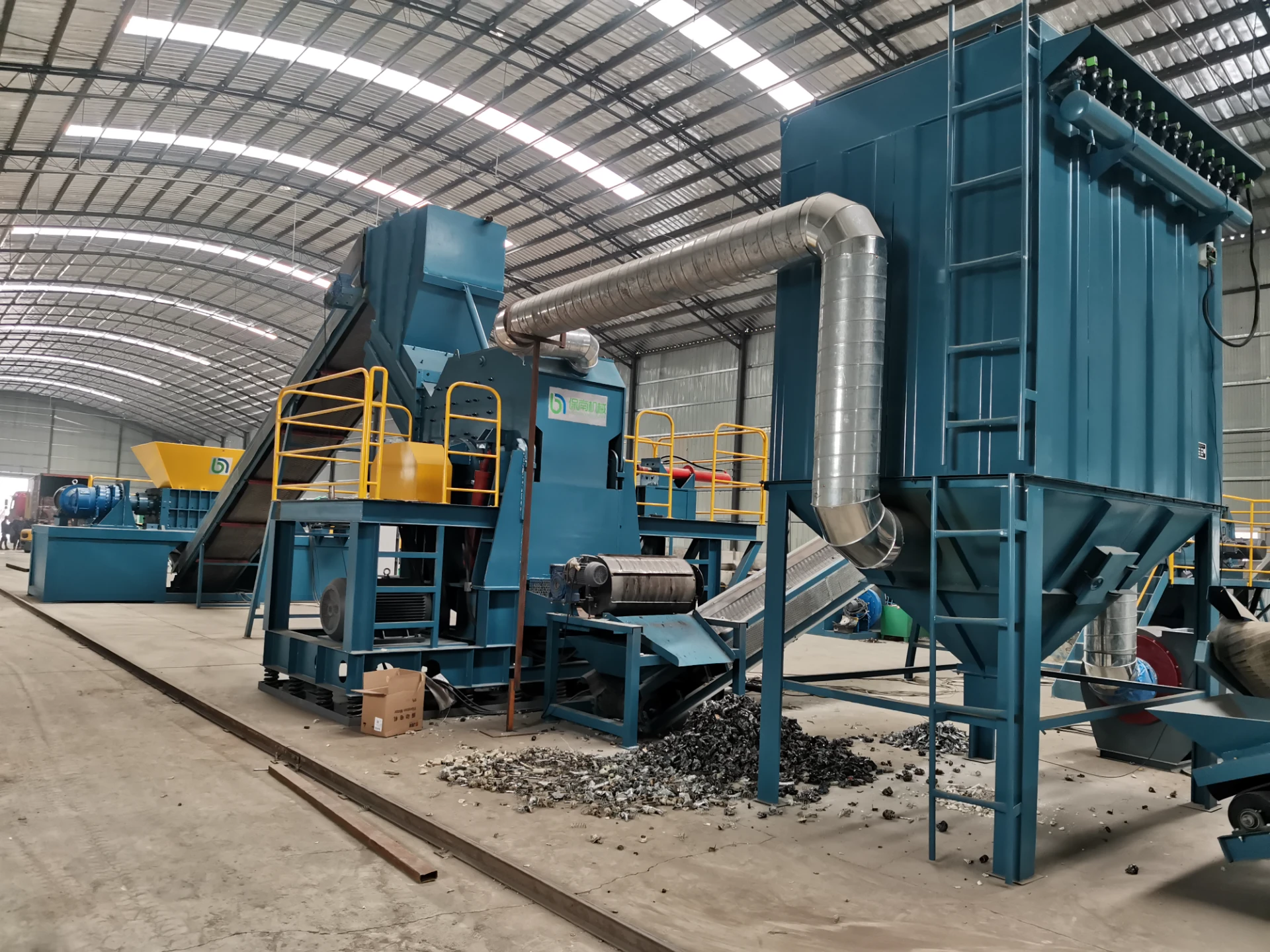

Ліст . 08, 2024 05:43 Back to list
Eddy Current Separator for Aluminium Recycling
The growing demand for sustainable practices in various industries has led to the increased adoption of recycling technologies. Among these, the eddy current separator stands out as a highly effective tool for separating non-ferrous metals, particularly aluminum, from mixed waste materials. This innovative technology not only supports recycling efforts but also promotes efficiency in resource recovery.
How Eddy Current Separation Works
An eddy current separator employs the principle of electromagnetic induction to segregate non-ferrous metals from other materials. The core of the technology involves a conveyor belt that transports the mixed material past a magnetic rotor. As the conveyor moves, the magnetic rotor generates a rapidly alternating magnetic field. When non-ferrous metals, like aluminum, enter this magnetic field, electrical currents, known as eddy currents, are induced within the metal. These currents create their own magnetic field which interacts with the magnetic field of the rotor, leading to the expulsion of the aluminum particles away from the other materials on the conveyor.
This method is particularly advantageous as it does not require manual sorting, thereby reducing labor costs and improving overall efficiency
. The capability of the eddy current separator to operate continuously also enhances productivity, making it a preferred choice in large-scale recycling facilities.Advantages of Eddy Current Separation for Aluminium

The eddy current separator offers numerous benefits for the recycling and processing of aluminum. Firstly, it achieves a high degree of separation efficiency. The technology can effectively separate aluminum from a mixture containing plastics, glass, and ferrous metals. By ensuring that aluminum is accurately sorted, recyclers can maximize the recovery of this valuable metal.
Secondly, aluminum is a highly recyclable material, capable of being processed indefinitely without losing its properties. By using an eddy current separator, recycling facilities can ensure that more aluminum is collected for recycling, which helps to reduce the need for primary aluminum production. This not only conserves natural resources but also minimizes greenhouse gas emissions associated with manufacturing new aluminum.
Lastly, the implementation of eddy current separators contributes to the economic viability of recycling operations. With the rising prices of raw materials and the increasing cost of waste disposal, recycling aluminum becomes a more attractive option. Companies can tap into the lucrative market for recycled aluminum, which is often sold at a higher price due to its reduced environmental impact compared to virgin materials.
Future Perspectives
As technology continues to evolve, the efficacy and availability of eddy current separators are expected to improve even further. Innovations such as advanced sensors and automated sorting systems are on the horizon, promising to enhance the accuracy of separation and reduce operational costs. Furthermore, the increasing awareness of environmental issues and the regulatory push towards sustainability will likely drive greater investments in recycling technologies, including eddy current separators.
In conclusion, the eddy current separator represents a significant advancement in the field of aluminum recycling. By harnessing the principles of electromagnetic induction, this technology effectively separates aluminum from other materials, thereby promoting efficient resource recovery. As the world moves towards more eco-friendly practices, the importance of such innovative solutions becomes increasingly evident, making eddy current separation a cornerstone of sustainable recycling efforts. The continued development and adoption of this technology will be crucial in addressing the challenges of waste management and resource conservation in the future.
Latest news
Troubleshooting Common Eddy Separator Problems
NewsJul.04,2025
The Role of Metal Recycling Plants in Circular Economy
NewsJul.04,2025
The Impact of Recycling Line Pickers on Waste Management Costs
NewsJul.04,2025
Safety Features Every Metal Shredder Should Have
NewsJul.04,2025
How Industrial Shredders Improve Waste Management Systems
NewsJul.04,2025
How Cable Granulators Contribute to Sustainable Recycling
NewsJul.04,2025